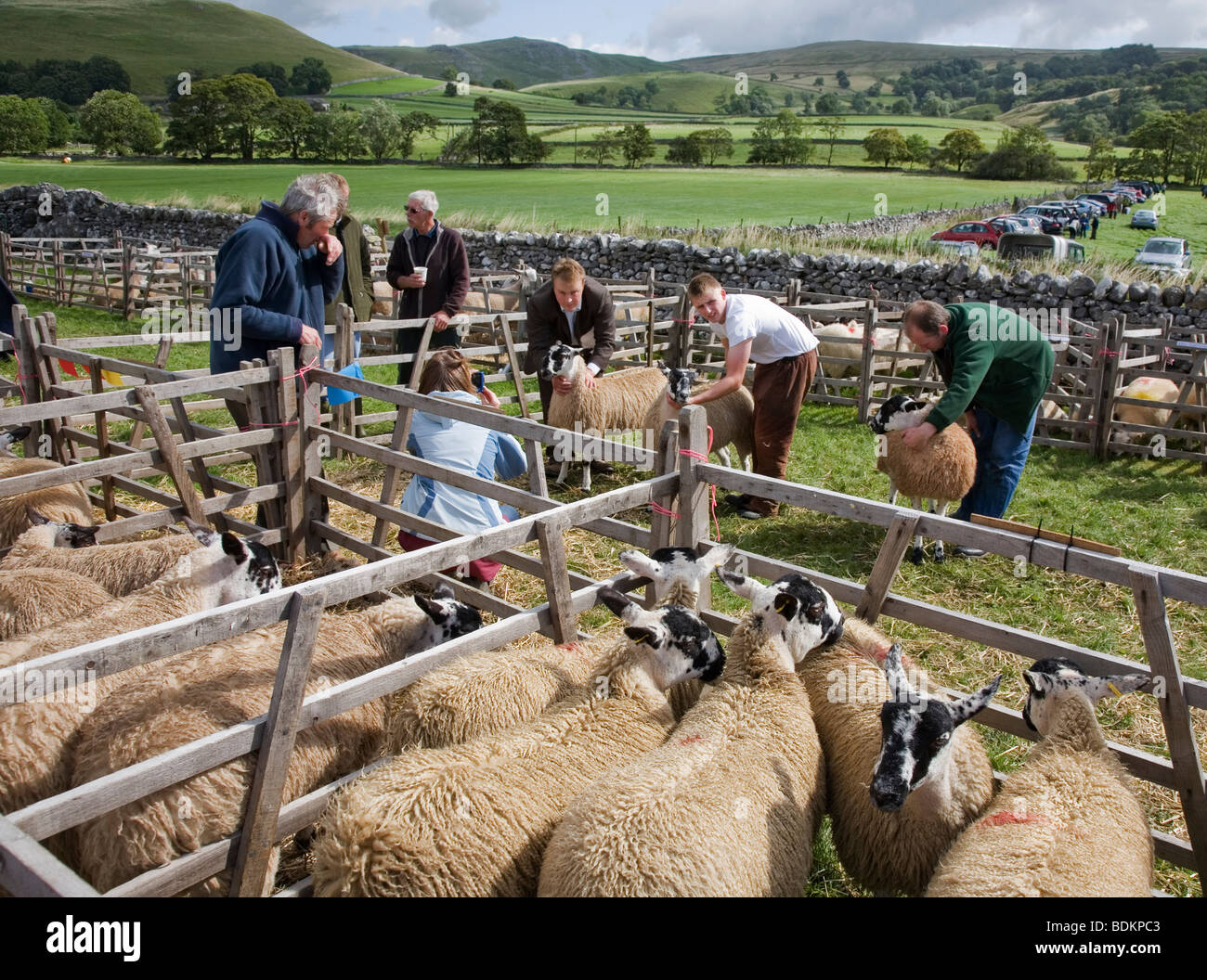Sheep Pens Mac OS
promiseacres
Herd Master
- Joined
- Oct 5, 2012
- Messages
- 4,628
- Reaction score
- 9,106
- Points
- 553
- Location
- NW Indiana
GAOMON S620 6.5 x 4 Inches Graphics Tablet with 8192 Passive Pen 4 Express Keys for Digital Drawing & OSU & Online Teaching-for Mac Windows Andorid OS 4.5 out of. Jazzman Records sells records but also includes a massive data base of rare records for your viewing and listening pleasure. Here you will find many very hard to find out of print jazz and funk records.
My husband tends to go overboard on projects which is why I'm asking.... We're planning on a shed with 2 pens for lambing, then an aisle that will be for catching, ect and not sure but the lambing pens may also be my quarentine/weaning area.
Thanks
I’ve been building sheep pens in the barn the last couple of weekends. These were my goals:
Mac Os Catalina
- “Hospital” stalls to house sick sheep that are too ill to be treated in the pasture, or that need to be quarantined
- A place for bummer lambs so they don’t need to be in the kitchen
- A few jugs in case I wanted to pen up ewes and lambs that are having trouble (though my intention is not to jug as a standard practice)
- A place I could stick the whole herd if we had some really insane weather (but believe me, they won’t be getting this luxury on ordinary days)
- A chute system where I can weigh, treat, and sort sheep into two groups; all indoors, for my comfort, as well as to protect electronic equipment and other gear
- A place where sold sheep can hang out waiting to be picked up, so that it’s easy for people to pull up and load them
- Not fixed, so I can take the whole thing down and stack it when it’s not in use, or take panels outside to make temporary pens there
What seemed to be called for was a series of panels which I can connect every which way, to be configurable for whatever I’m doing at the time. I chose to design the pens down the center of my “half” of the barn- this aisle is wider and more accessible by tractor to lessen cleanup labor. I also wanted to avoid the sidewalls- there is still chew-able electrical wiring there, and vulnerable-to-denting exterior metal siding. Before animals can hang out near those walls, we need to insulate and sheet with plywood.
Sheep Pens Mac Os Catalina
Height
The measurement with which I began was actually designed around me: my inseam height, so I can step over the pen panels! They are 32” tall, which may be too short for huge or wily sheep; but I don’t anticipate it’ll be an issue with mine. They respect the Electronet that is 35” tall, and these panels won’t be used in situations where the sheep are really desperate to escape.
Middles
I decided to make head stanchions in the sides, so the sheep can eat and drink from feeders or buckets on the outside of the pens. This should, in theory, cut down on spillage and waste as opposed to offering them food and drink buckets on the interior of the pens. So, I made the middle horizontal rail about the height of a 5-gallon bucket, at 16” tall. Smaller sheep still may not be able to drink from a nearly-empty water bucket, so I imagine I’ll have to keep them topped off.

It seemed natural to put a narrow 1×2” horizontal rail below that, to prevent lambs from squeezing through. On end sections, I did a second horizontal rail in the upper half. There are four different lengths of panels, I tried to make them all a little different-looking, so they’d be easy to tell apart if they are stacked.
I used 2×4 lumber for the top and bottom rail just because I was doing some long spans- many of these are twelve-foot panels. Shorter interior panels I made entirely with 1×4’s and 1×2’s. Everything was sized to fit the barn and sections between the posts, so nothing magic about those numbers.
The jugs are about 4×5’. I made six, which is hopefully more than I’d ever want to use.
It’s All Just Theory….
Sheep Pens Mac Os X
So far, so good. I did a lot of this just envisioning how tall my sheep are relative to my body. So I could be entirely wrong, and find that once I use these, something doesn’t work. I used screws, so I can always take them apart and adjust!
I suspect that I may have a problem with lambs being able to jump through the stanchion sections if they are sufficiently motivated. Proposal Lamb (who is still almost as tiny as a lamb) is helping me test out the concept in the photos. Indeed, he was able to manage this little hoop jump, because he likes to follow me, but he’ll stay in there if I’m not around. I may try stringing bungee cords across unused portions as a visual barrier, at least until I find that the sheep enjoy chewing them up. Then I may have to find another solution, we’ll see.
Connectors
I pondered quite a bit the connection between the panels. I have the panels leaning snug up against the pole barn posts at their junction points, so no connector could go on the outside of the pen. I liked the idea that many people use, of putting a loop of strap iron on the edge of the panel, and then dropping a vertical rod through it to connect to panels together. But I wanted to be able to connect panels mid-span, to chop up long sections into jugs, or not. I couldn’t visualize how to make this work right with rods.
I ended up settling on using hasps. I used them wrong-way compared to how they’d be installed for hosting a padlock: normally you’d have the portion with screws be covered by the hinged section, so that a robber couldn’t just unscrew your hasp and defeat the padlock. But of course that’s not an issue here, and I wanted to take advantage of the hinge behavior of the hasps, which allow me to turn connected panels at a wide variety of angles. I chose “adjustable” hasps which have a jiggle-ey eye portion, so it has some “give”. The hinge on the hasp also has quite a bit of play. So the whole thing is rather loosey-goosey, which is perfect: it forgives any imprecisely built (!) or warped boards; and makes them easy to swing open and closed like gates.
I was careful to install them all in one consistent direction: from the inside of the pens, I made sure all the hasps were oriented “counterclockwise” (for lack of a better term- the hinged portion on the right, and the eye on the left) so no matter which panels I join together where, the hasps always line up.

The downside is that if I use these panels for chutes, the sheep could possibly step on the lower hasp and hurt a foot; or bump into the higher connector and get a bruise. This is where it would be ideal to put all the connectors on the outside, but that would have been awkward given our post placement. So, it’s a tradeoff.
I tinkered with closing them both with lynch pins and snaps. The lynch pins are cheaper, smoother for sheep-walking-by, and seem like a better choice for panels I want to set-and-forget. But they are harder to operate with one hand. The snaps are better for panels I plan to use as gates and open and close a lot.
This connectors, as you might guess, were expensive. A lot of money could be saved by literally using baling twine to tie panels together, which plenty of people do. But I like the handiness already: in minutes, I can set up a barn-length pen, a single stall, or a set of 1-6 jugs in addition to a bigger pen. And it’s all freestanding, so can be used anywhere. The total cost was $727 for a 10×48’ grid.
Next up is to figure out hay and grain feeders that hang on the outside of these. And a system to connect the panels into a chute, sorting gate and sorting pens.